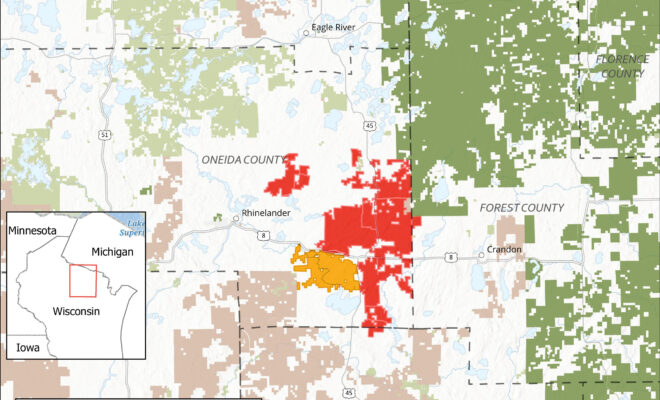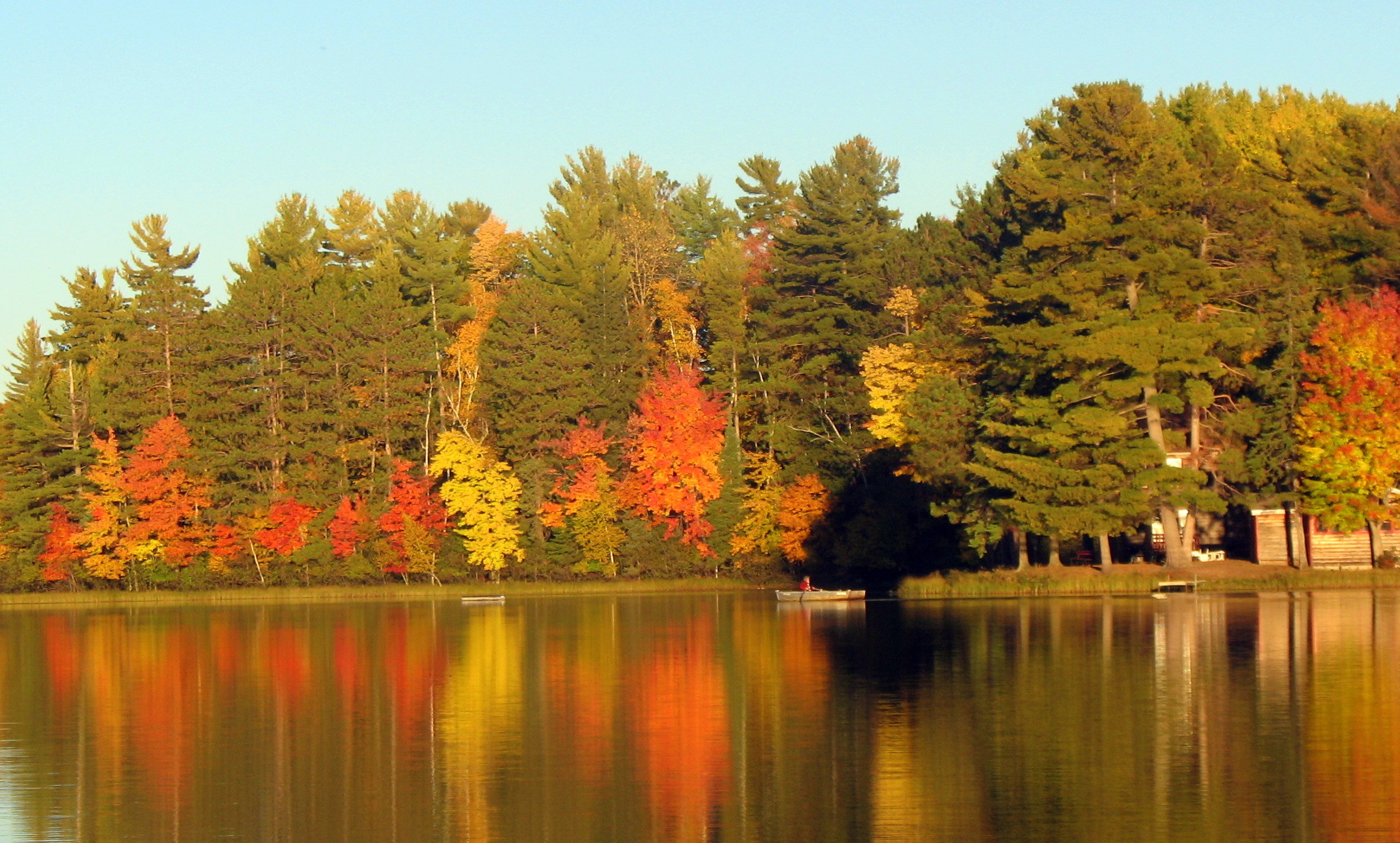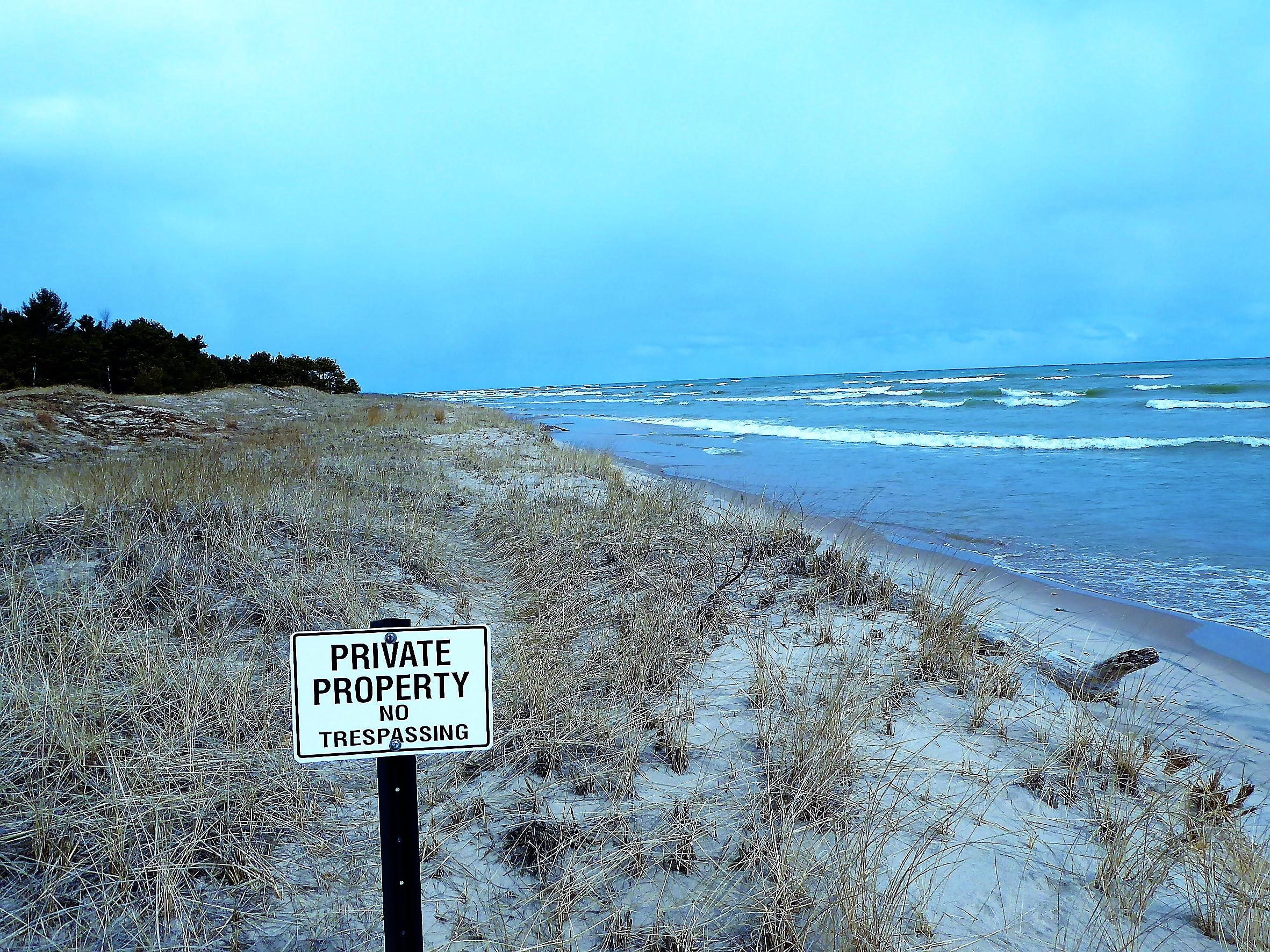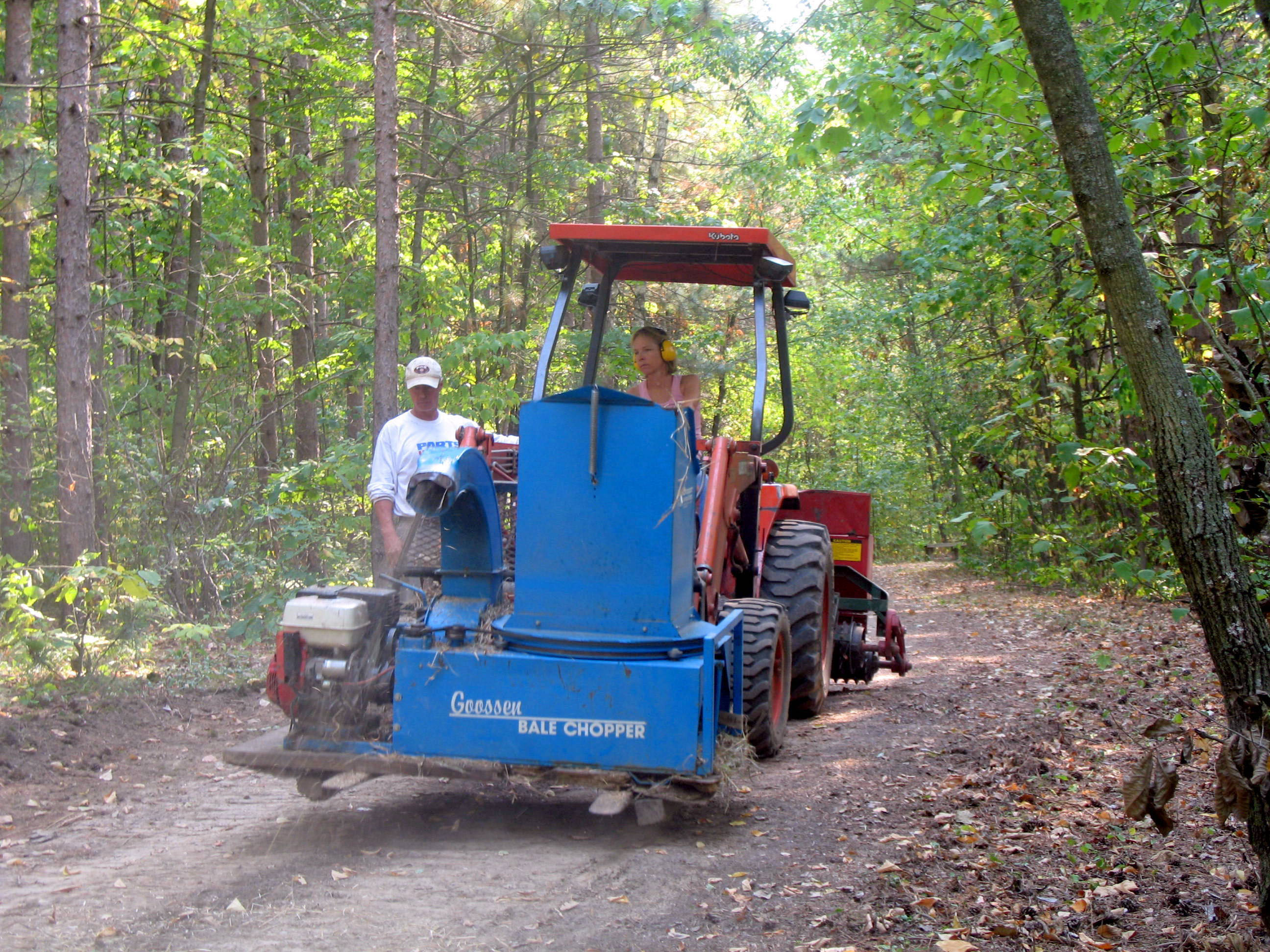Silent Alarm: Bizarre Rule May Kill Large Wisconsin Forest Project

Michael McFadzen
In what was going to be one of the largest Wisconsin conservation projects in decades, an antiquated Joint Finance Committee (JFC) rule may have dealt a death blow for a new state forest in Wisconsin.
The proposed 70,000-acre Pelican River Forest, located in Oneida, Langlade and Forest counties, was slated to protect the headwaters of the Wolf River along with tributaries that flow into the Wisconsin River, including 68 miles of streams, 27,000 acres of forested wetlands and dozens of lakes and ponds within this vast land block.
Charles Carlin, Gathering Waters (Wisconsin Alliance of Land Trusts) Director of Strategic Initiatives, is impressed by the scale of the project. “This is very special,” Carlin said. “We would be conserving a huge, contiguous land block, the largest land conservation venture since the inception of Stewardship [Knowles-Nelson Stewardship Program; knowlesnelson.org]. There are tens of thousands of acres of wetlands, which provide water quality and filtration benefits. The carbon sequestration potential is enormous, which is important in this era of climate change. It also fits with Governor Evers’ commitment to conserving 125, 000 acres by 2030.” Carlin is also excited about the property providing public access for recreation, particularly silent sports.
But the JFC’s bizarre rule may torpedo this once-in-a-lifetime opportunity. The procedure allows any committee member to object to a project for any reason, or for no reason at all, and to do so anonymously, according to Carlin. Such an objection stops the project in its tracks. “This procedure is being used by JFC to interrupt conservation projects, occurring more than 15 times in the last several years,” Carlin said. “There is no transparency, no accountability, and no clear path for an up-or-down vote.” Stewardship projects have languished for years because of this peculiar rule.
This is the largest block of private forestland remaining in Wisconsin. The project was slated to be funded by a $10.8M federal forest legacy grant; $4M was scheduled to flow from the Stewardship Program, and $600K donated by The National Fish and Wildlife Foundation.
This would be a huge bargain for the state, using conservation easements instead of outright ownership to make it happen. And the project is important for many reasons, including land and water-based recreation such as hiking, paddle sports, and fishing, which contribute to the $8 billion outdoor recreation industry.
These large land blocks also play an integral role in the state’s timber industry while absorbing carbon dioxide emissions, thus making them a critical tool in addressing climate change. Also, the forest lands of northern Wisconsin are a haven for both people and wildlife, according to the Conservation Fund. Hosting a unique variety of plants and animals of conservation concern and providing ideal habitat for iconic species including wolves, black bears, and bald eagles, the forests are also treasured by outdoor enthusiasts as popular recreation destinations.
As of press time, the future of this proposed forest initiative is cloudy at best. Silent Sports Magazine will continue to track this important project. In the meantime, you can play an important and positive role by contacting the Joint Finance Committee to support the Pelican State Forest and raise some ire on the anonymous objection process! Do so by going to:
https://docs.legis.wisconsin.gov/2023/committees/joint/2640
Gathering Waters is Wisconsin’s Alliance for Land Trusts. They help land trusts, landowners, and communities protect lands that make Wisconsin special.
Knowles-Nelson Stewardship Program
The Stewardship Program has been protecting Wisconsin lakes and streams, securing critical wildlife habitat, and providing world-class recreational opportunities for 30 years. Governor Tommy Thompson created the Stewardship Program in 1989 to preserve natural areas and wildlife habitat, as well as protect water quality and expand opportunities for outdoor recreation.

Besides funding land purchases and easements, Stewardship also supports recreational infrastructure on state properties, including campsites, trails, boat facilities, restrooms, and other parks. Stewardship spending often takes the form of grants to local governments and nonprofits. But, once again, the odd JFC rule has stopped many valuable projects.
Many US states have Stewardship type programs to preserve unique and valuable properties. Under Governor Doyle in 2007, the program provided $86M annually. That amount has been gradually decreasing due to legislative muddling, and stands at $33M annually for 2023.
Stewardship and Taxpayers
According to a study by Tyler Byrnes, UW-Madison Nelson Institute for Environmental Studies, over 650,000 acres have been protected at the cost of $1.3B. But these properties have returned $2 billion in natural services annually. That’s nearly twice the amount spent over the last 30 years. Academic research values environmental services by determining the work different biomes do, including flood control by wetlands, recreational opportunity, and biodiversity preservation.
The study cites recreation as being the most obvious type of benefit, including activities such as cycling, swimming, hiking, biking, skiing, and fishing. Forests, grasslands, and wetlands also help clean water by purifying nutrient pollution while providing an area for groundwater filtration, which can also increase groundwater supplies.
Let’s compare Stewardship funding with hard asset spending. For example, looking at a $20M bridge, a necessary transportation component, has an estimated fifty-year life span; every fifty years, the bridge is, or should be, demolished and rebuilt at an ever-increasing cost. Whereas the $20M invested in forest resources has a return of $35M and ongoing benefits into perpetuity.
Also, land appreciates; it’s generally cheaper to buy land today than tomorrow. Even though roadway bridges are important, the health, recreation, biodiversity, flood control, and community benefits of Stewardship spending have a far higher return.
Time to Make Stewardship Solvent
Wisconsin ranks near the bottom in natural resources spending compared to other states. The Wisconsin Policy Forum cited data from the National Association of State Park Directors, which shows that, despite high visitation rates, Wisconsin spends just $3.67 on its state park operations per capita, 48th in the country. The state’s $167 per acre in operating and capital spending is far below nationwide averages.
DNR data shows a broad increase in outdoor activities. Trail pass sales have reached new highs and park vehicle stickers rose by 42 percent in 2020. There is a major disconnect here since outside recreation has never been more popular as state spending dwindles for Stewardship and natural resource spending-
- The city of Madison saw its 2020/21 sales of cross-country ski permits for its parks nearly double those of any previous year.
- Bike path counters show non-motorized traffic on the Racine County North Shore Trail and the New Berlin Trail were up 74.9% and 58.4% respectively in 2020, according to the Southeast Wisconsin Regional Planning Commission.
- At Lion’s Den Gorge Nature Preserve in Ozaukee County, an entrance count shows 2020 visitors topped 269,000 — more than two-and-a-half times the typical levels of around 100,000 per year.
- After three roughly stable years, the Ice Age Trail Alliance saw membership as of Jan. 2021 rise by 53.2 percent over the previous year.
Wisconsin’s estimated budget surplus is estimated to be $6.6B and growing. John Torinus, Editor of From the Heartland webzine, floated the idea that a portion of this surplus should be used to make the Stewardship program solvent and invest in our parks. “The current stewardship bonding debt is $546 million,” Torinus said. “Evers and the Republican leaders could pay off that debt with the surplus and place $1 billion into a permanent endowment from which the earnings could be used for the preservation mission in perpetuity.”
It’s time to take natural resources seriously
Late-breaking information: The Milwaukee Journal recently named Joint Finance Committee (JFC) member Sen. Mary Felzkowski, R-Tomahawk, as the secret anonymous objector to use $4 million from the Knowles-Nelson Stewardship Program to pay for the Pelican River State Forest. Felzkowski has claimed concern about the amount of state land that couldn’t be developed. She also claimed other JFC members have objected to the project. She declined to name them.






